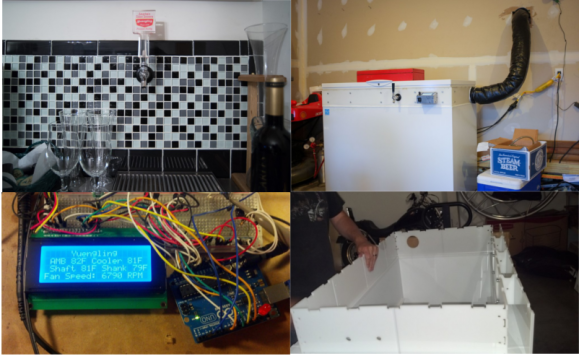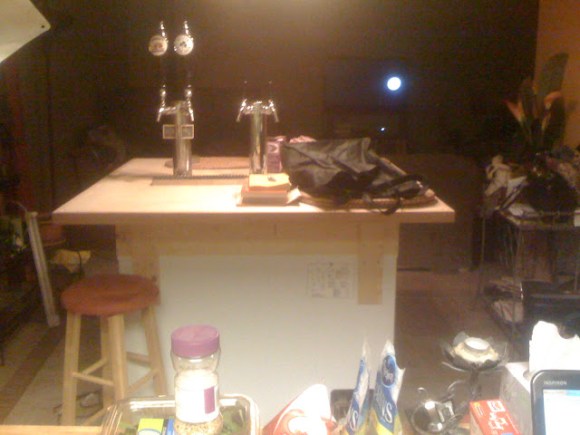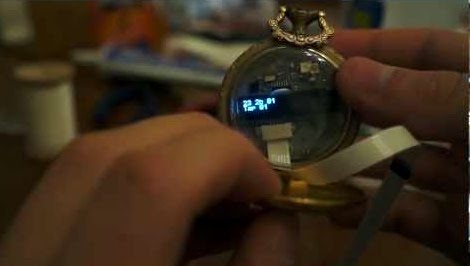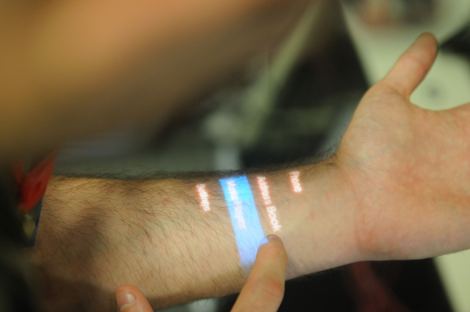
When [Joey] decided to build a kegerator, he didn’t skimp. No commercial unit or simple kit would do. [Joey] wanted complete temperature monitoring, with a tap on the kegerator itself and a cooled tap remotely mounted at his bar. He started with a box freezer, which was a bit short for his purposes. Not a problem, as [Joey] cut an extended collar for the freezer from HDPE on his shopbot. The new collar gives mounting points for the beer lines, gas lines, as well as all the electronics.
Temperature control is handled by a commercial controller, however temperature monitoring is another thing altogether. An Arduino sits in a custom aluminum case on the outside of the kegerator. The Arduino reports temperature, beer type and also controls the cooling system for the beer lines. The cooling system alone is incredible. [Joey] designed everything in CAD and cut the parts out on his shopbot. Two fans sit in an aluminum air box. One fan is used to push cold air out from the freezer around the beer line. A second fan pulls air back in, keeping the kegerator/line/tap air system a (relatively) closed loop. The entire line set is insulated with 2″ fiberglass flex duct.
Temperature data and trend graphs can be monitored on the web, and [Joey] is using a Raspberry Pi to create a wall mounted status screen for his bar room. We love this build! [Joey] we’d buy you a beer, but it seems like you’ve got that covered already!
















